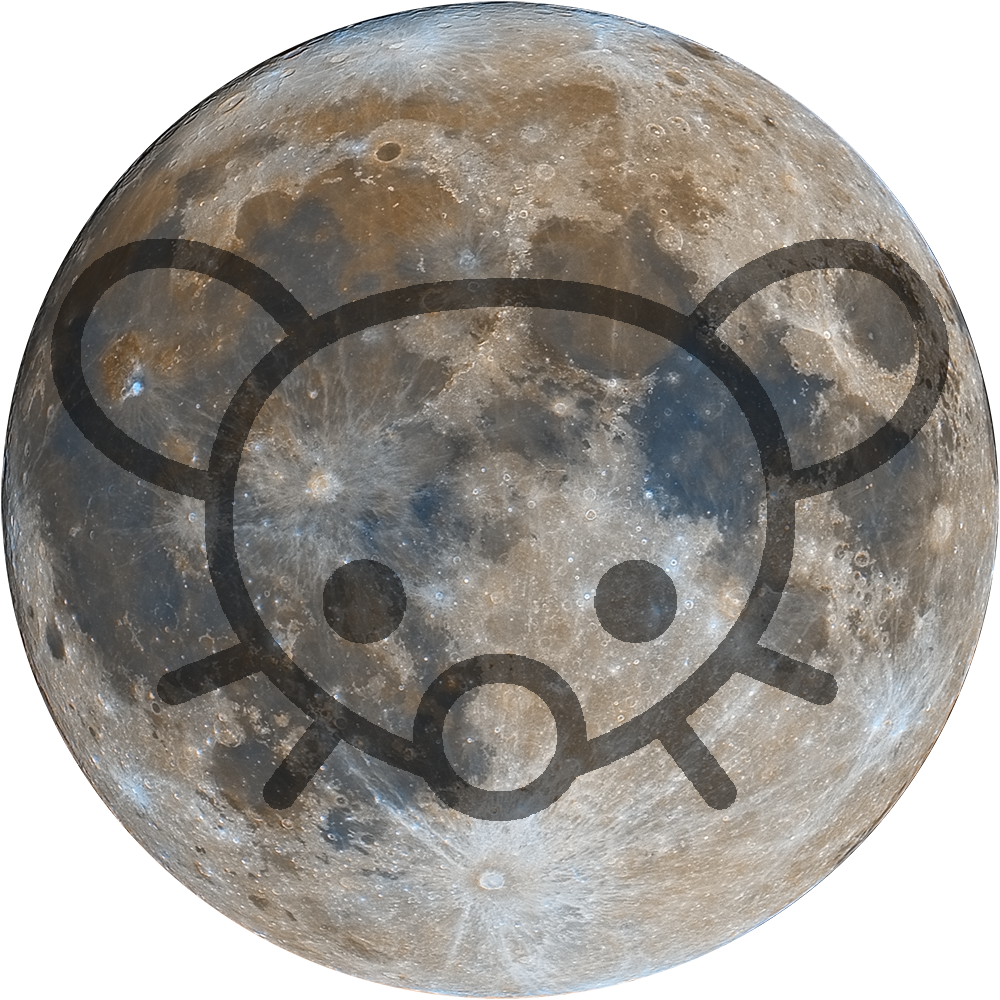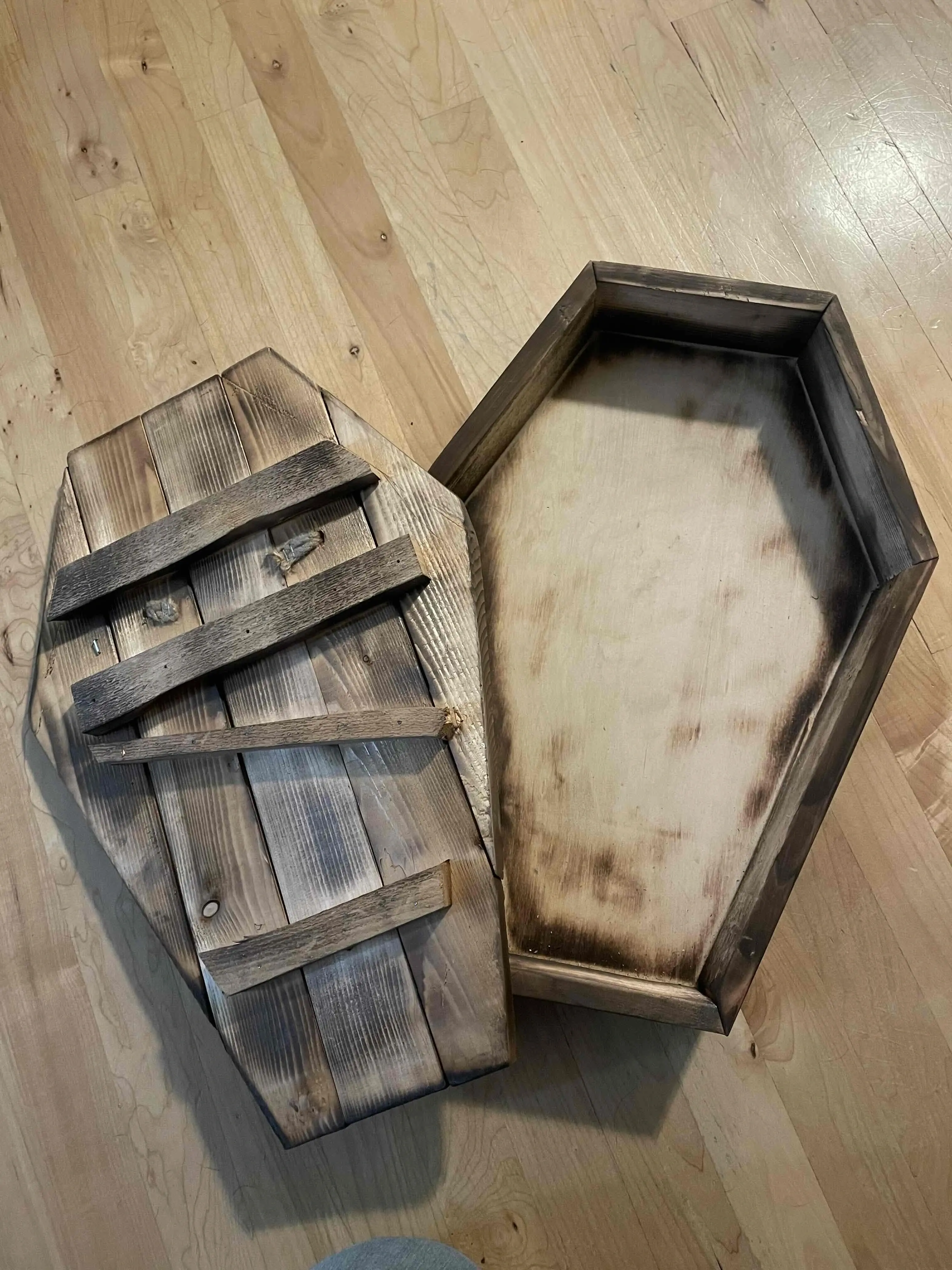- 18 Posts
- 28 Comments
Yes processing the image plays a huge role.
But at the end you can only work with the information provided by your equipment as there are physical limitations on what one can capture.
To me the most interesting part of this hobby is to learn what you physically really have to do to get good images. Physics not only plays a role on understanding what we see in these images but also on how to make them.
Truly fascinating!
While there are tools like generative AI models to invent images like this, in astrophotography it is very important only to use tools which don‘t invent any new information.
The only tool which is debatable is denoising with AI, as it really creates information learned from other images. But even here there are ways to prevent this.
Imo at the end we want to capture whats really out there, not what there could be
I mean, I literally just put the phone on the roof of my car and leaned it against my wallet. It was just an experiment because I wanted to know whats possible with just a phone
Ha thanks, didn’t expect such nice comments for such a bad image. Yes I also was blown away that the nebula is barely noticeable, even with smartphones strong IR filters
Yes, I used Siril for stacking/ stretching, Starnett++ for star removal (to edit the glimpse of orion nebula a little better), GraXpert for gradient and noise, and BlurXTerminator for deconvolution. Final editing was done in Photoshop.
So heavy editing indeed…
Very special diffraction lens used…

 1·2 months ago
1·2 months agoIch hoffe die Änderung im WEG lässt auch nicht mehr zu lange auf sich warten, das sollte für viele doch die höchste Hürde sein
Thanks :)
Ahh, thanks!
The surface is very rough as we don’t have the right tools to achieve a smooth finish. As it is very rustic we just leave it as
Yes that’s true, and I think at least in this case the imperfections are acceptable because the desired look was to feature the organic look of the wood. At least it’s a good excuse for the lack of woodworking skills
Thanks, yes there is a very thin sheet of plywood attached at the bottom of each disk. The disks themselves where completely dried before of course
Thanks! There is one anker point at the top with an dowel in the wall. The rest is fairly stable as one piece
Thanks! No the wood isn’t treated in any way

 1·3 months ago
1·3 months agoThanks!

 1·4 months ago
1·4 months agoThank you!
No not really, but I choose it because I didn’t know what the precision of the tracker was as I never used one before. But as I know now with only 135mm focal length I can use well above one minute.
Using a longer exposure time is normally preferred because you don’t get so much images to process. But as always there are exceptions (lucky imaging, comet shooting, more precise work needed -> polar alignment)
Thank you very much for responding!
Wow this looks amazing. If you don‘t mind I have some questions… I assume this was shot with an Ha filter to reveal the structure on the surface, otherwise it would be all white? Also what is the need of 10% of the images? Do you stack them? One exposure should have enough signal shouldn’t it? And last but not least what focal length does your telescope have?






Beautiful, thanks for sharing!